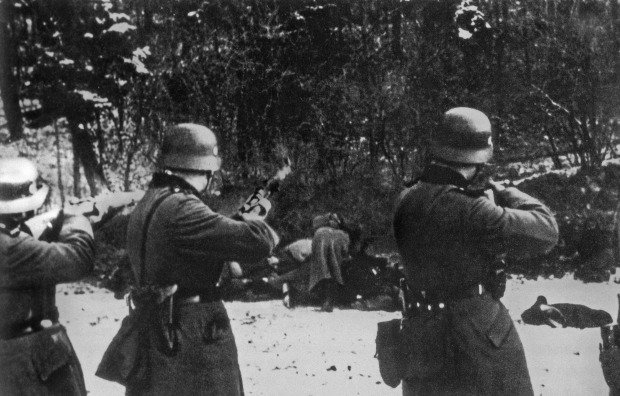In Berlin, a city laden with history, the opening of a public exhibition calling for a reckoning with a particularly brutal period of the Nazis’ rule poses a question that is ever present: Why did Germans under Hitler abandon their humanity, and who and what survived?
The exhibition, which opened in late September, confronts the mass murder of Jews and other minorities after the Nazis invaded the Soviet Union in June 1941. For all the attention paid to the past here, this display is the first in Germany to focus solely on those executions of more than 2 million people. Their bodies fell into pits, which were then covered and left as anonymous mass graves.
This “Holocaust of the bullets”, as it has come to be known, is deeply familiar to citizens of the former Soviet Union, particularly in Ukraine, Belarus, the Baltics and large parts of western Russia. The very oldest people in those places have vivid, direct memories; those who are middle-aged were raised on Soviet documentaries and war movies; and the young are exposed to modern displays of remembrance.
In Germany, however, the mass shootings are less known than the gas chambers and horrors of Auschwitz, Treblinka and other camps in Nazi-occupied Poland.
Read the full article by Alison Smale at the Australian Financial Review.

